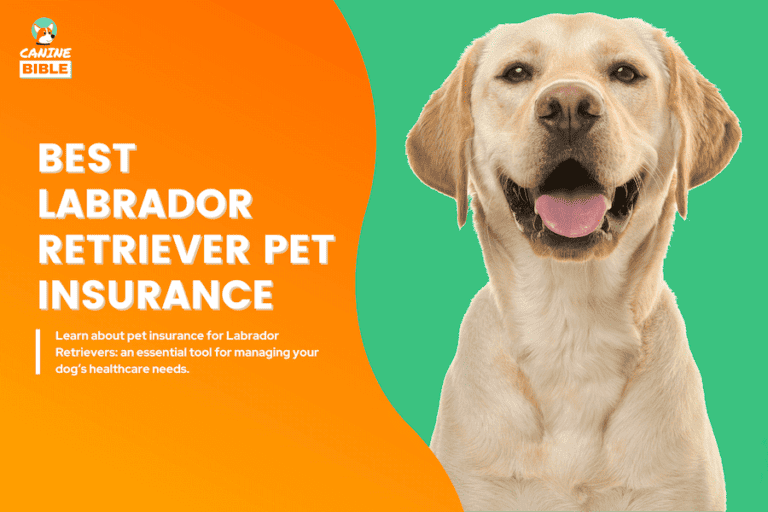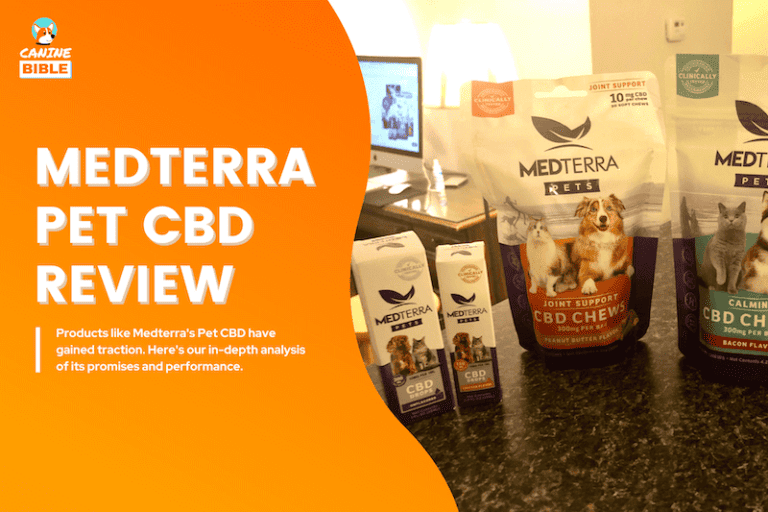Best Pet Insurance For Bulldogs 2024: Worth The Cost?
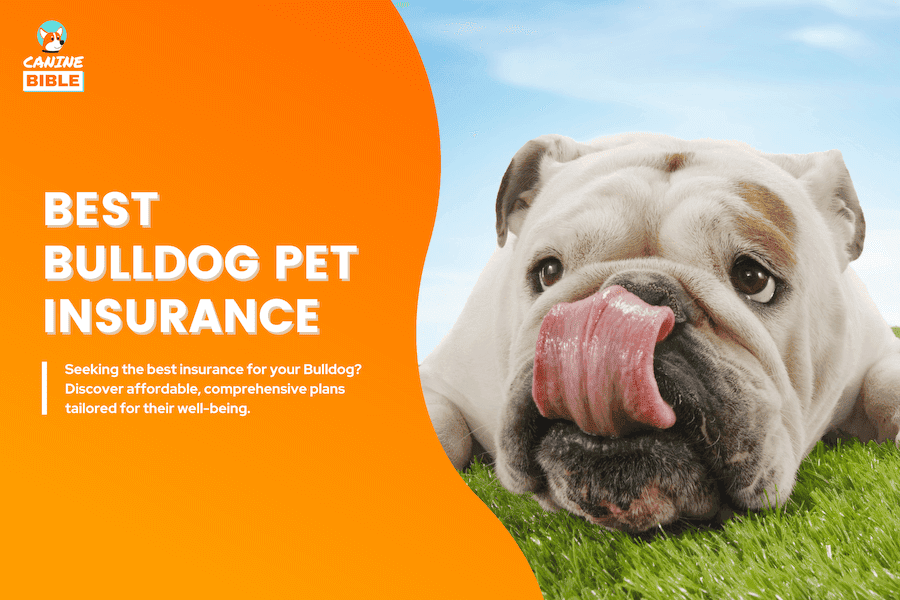
Canine Bible is reader-supported. We receive affiliate commissions via some of our links. This doesn’t affect rankings. Learn more.
If you have a bulldog, the chances are that healthcare costs will be higher than the average dog owner. Bulldogs tend to have more health issues and can develop chronic conditions that require ongoing care. While they’re certainly a lovable breed, Bulldogs come with their health risks, which can lead to steep vet bills for owners. Today, you will learn breed-specific reasons why Bulldogs should have pet insurance, health issues predisposition, accident probability, and other critical research data that make pet insurance a worthwhile investment. Finding a policy that covers all your dog’s medical needs and expenses is also essential. If you’re overwhelmed by all the choices, we have narrowed your options with reviews of three top pet insurance companies offering the best coverage for adult and puppy Bulldogs. Let’s get started!
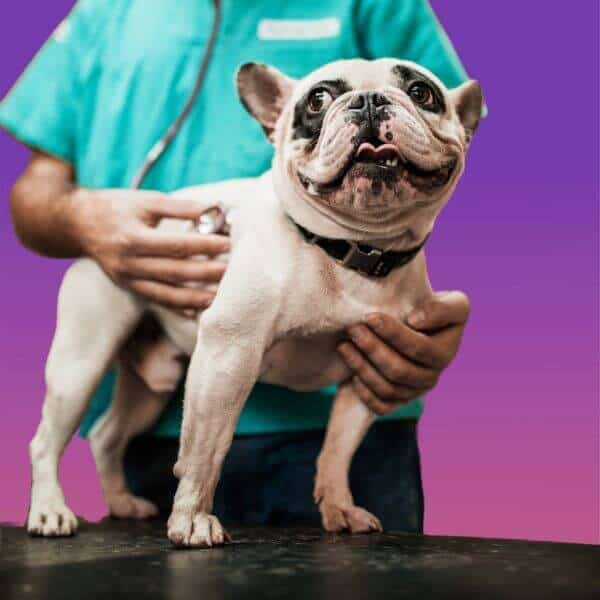
Why you should trust us: Our writers, editors, and in-house veterinarians spend hours analyzing and reviewing products and services to help find what’s best for you. Read the product review methodology and editorial mission to find out how we test, analyze, and rate.
Best Bulldog Pet Insurance — At A Glance
What Is Bulldog Pet Insurance?
Bulldog pet insurance is a healthcare policy that provides coverage for your pet, offering reimbursement for specific veterinary expenses. This ensures that your savings remain secure despite unforeseen medical costs. Such a policy involves a monthly premium. Should your pet fall ill or sustain an injury, you would file a claim with the insurance company to recoup your expenses.

The monthly premium for Bulldogs pet insurance
$48 to $133
How Much Does Pet Insurance Cost For Bulldogs?
The cost of pet insurance for a Bulldog dog will vary based on several factors, including the pet’s existing health conditions, sex, age, and the area you reside in. It’s important to remember that with the progression of veterinary technology and increased claims within your locality, your insurance premiums may rise. For example, even if your Bulldog is quoted at $55 per month, this rate is not fixed and could change.
According to our research, plans for Bulldogs can range from $48 to $133. You may spend more or less depending on where you live, the deductible rate and the reimbursement percentage you choose. Bulldog owners can expect to pay an average $90 monthly premium.
Pet Insurance Quotes For Bulldogs
We compared quotes from renowned pet insurance providers to estimate your expected average monthly premium for different life stages in Bulldogs.
| Company | Deductible | Reimbursement | Annual Reimbursement Limit | Monthly Price | Location | Gender | Breed | Age |
|---|---|---|---|---|---|---|---|---|
| Lemonade | $500 | 70% | $100,000 | $67.92 | SC, 29044 | Male | Bulldog | 6 years |
| Spot | $500 | 70% | Unlimited | $91.00 | SC, 29044 | Male | Bulldog | 6 years |
| Healthy Paws | $500 | 70% | Unlimited | $132.90 | SC, 29044 | Male | Bulldog | 6 years |
| Lemonade | $500 | 70% | $100,000 | $51.25 | CA, 95842 | Female | Bulldog | 2 year |
| Spot | $500 | 70% | Unlimited | $91.98 | CA, 95842 | Female | Bulldog | 2 year |
| Healthy Paws | $500 | 70% | Unlimited | $108.71 | CA, 95842 | Female | Bulldog | 2 year |
| Lemonade | $500 | 70% | $100,000 | $48.24 | TX, 75219 | Female | Bulldog | 6 months |
| Spot | $500 | 70% | Unlimited | $98.44 | TX, 75219 | Female | Bulldog | 6 months |
| Healthy Paws | $500 | 70% | Unlimited | $117.70 | TX, 75219 | Female | Bulldog | 6 months |
Bulldog puppy monthly cost: $88
Adult Bulldog monthly cost: $84
Senior Bulldog monthly cost: $97
Is Pet Insurance For Bulldogs Worth it?
The decision to purchase pet insurance for your Bulldog hinges on various factors, including your pet’s health risk proclivity, tolerance for financial risk, and overall financial circumstances.
Consider a scenario where your Bulldog falls seriously ill or suffers an injury from an accident, incurring veterinary bills in the thousands. On average, the most common dog treatments cost $254.[1] A more severe and common condition in Bulldogs, like hip dysplasia, can cost between $3,500 and $7,000 to diagnose and treat. Can you pay for an unexpected $ 7,000 out-of-pocket veterinarian bill? Most people can’t. The Federal Reserve states that 40% of Americans don’t have enough savings to cover a $400 emergency and 57% of U.S. adults cannot afford a $1,000 emergency expense.[2]
Investing in pet insurance for your Bulldog is a wise choice to protect your finances and ensure your dog can receive the necessary care. With pet insurance, should an unexpected accident or illness occur, you could be reimbursed for 70% to 100% of the veterinary costs, depending on the details of your plan and provider. Pet insurance gives peace of mind, knowing your finances and pet’s health are covered.
Predict & Protect Your Bulldog’s Future Health
Canine Bible uses years of clinical health findings, pet insurance data points, trends, and surveys to identify common health conditions in dogs. By gaining insight into your Bulldog’s potential future health issues and risks, you can take preventive action today and ensure that your Bulldog does not become a part of these statistics.
1 in 3
dogs will need emergency veterinary treatment every year.
$250 to $8K
is the average cost of unexpected veterinary care for dogs.[3]
12.7%
of Bulldogs experience ear infections & 8.8% skin infections.[4]
71%
of Bulldogs are affected by elbow and hip dysplasia.[5]
Unfortunately, Bulldogs are among the world’s unhealthiest dog breeds primarily due to inbreeding for extreme brachycephaly, chondrodysplasia, skin folding, and child-like appearance.[6] As a flat-faced breed, Bulldogs often suffer from Brachycephalic Obstructed Airway Syndrome (BOAS). BOAS is no small matter, as it directly reduces the average lifespan of affected breeds. Research shows that the average lifespan of brachycephalic dogs is three years shorter than other breeds of similar size.[7]
If you know your dog’s breed is predisposed to certain health issues, we strongly advise getting a pet insurance policy while your dog is still healthy. Chronic health conditions, emergencies, and vet visits can increase costs throughout your Bulldog’s life. Pet Insurance can spare you a lot of financial trouble.
Dogs that develop chronic conditions under pet insurance coverage are guaranteed reimbursement for these issues for the duration of their life.Most Common Health Conditions In Bulldogs
Cost to treat hip dysplasia
Hip dysplasia involves abnormal development of the hip joint, leading to looseness and instability. This genetic disorder is exacerbated by rapid growth, obesity, and environmental factors. Symptoms include limping, difficulty in movement, and arthritis.
*The overall cost of diagnosing and treating illnesses and injuries may vary. The above cost is based on average veterinary vet bill reports and claims submitted by pet insurance policyholders. We’ve used a 90% reimbursement rate for this scenario.
Cost to treat elbow dysplasia
A common issue in large breeds, elbow dysplasia in Bulldogs stems from abnormal development of the elbow joint, leading to joint laxity, pain, and lameness. Genetics play a significant role, and it can be exacerbated by rapid growth during puppyhood or improper nutrition.
*The overall cost of diagnosing and treating illnesses and injuries may vary. The above cost is based on average veterinary vet bill reports and claims submitted by pet insurance policyholders. We’ve used a 90% reimbursement rate for this scenario.
Cost to treat elongated soft palate
The Elongated Soft Palate condition in Bulldogs involves an abnormally long palate obstructing the airway, leading to snoring, gagging, and respiratory challenges.
*The overall cost of diagnosing and treating illnesses and injuries may vary. The above cost is based on average veterinary vet bill reports and claims submitted by pet insurance policyholders. We’ve used a 90% reimbursement rate for this scenario.
Cost to treat stenotic nares
Stenotic Nares in Bulldogs refers to congenitally narrow nostrils, restricting airflow and causing breathing difficulties, particularly during exercise or in hot climates.
*The overall cost of diagnosing and treating illnesses and injuries may vary. The above cost is based on average veterinary vet bill reports and claims submitted by pet insurance policyholders. We’ve used a 90% reimbursement rate for this scenario.
Cost to treat aortic stenosis
Aortic stenosis in Bulldogs is a heart condition where the aortic valve narrows, hindering blood flow from the heart. It can cause fatigue, fainting, and heart murmurs.
*The overall cost of diagnosing and treating illnesses and injuries may vary. The above cost is based on average veterinary vet bill reports and claims submitted by pet insurance policyholders. We’ve used a 90% reimbursement rate for this scenario.
Cost to treat BOAS
Bulldogs, with their flat faces and short nasal passages, are often affected by Brachycephalic Obstructive Airway Syndrome (BOAS). It leads to breathing difficulties, snoring, and reduced exercise tolerance. This anatomical abnormality trait can also exacerbate other health problems.
*The overall cost of diagnosing and treating illnesses and injuries may vary. The above cost is based on average veterinary vet bill reports and claims submitted by pet insurance policyholders. We’ve used a 90% reimbursement rate for this scenario.
Cost to treat entropion
Entropion in Bulldogs is a condition where the eyelid rolls inward, causing eyelashes to rub against the cornea. This results in discomfort, tearing, and potential corneal damage. It’s often inherited, though can also arise from eyelid injuries or muscular spasms. Treatment typically involves surgical correction.
*The overall cost of diagnosing and treating illnesses and injuries may vary. The above cost is based on average veterinary vet bill reports and claims submitted by pet insurance policyholders. We’ve used a 90% reimbursement rate for this scenario.
Cost to treat patellar luxation
Patellar luxation in Bulldogs involves the dislocation of the kneecap from its normal position. This condition, often genetic, can cause lameness or an abnormal gait. Factors like trauma or congenital defects contribute to its development. Severity varies, potentially leading to arthritis or reduced mobility in affected dogs.
*The overall cost of diagnosing and treating illnesses and injuries may vary. The above cost is based on average veterinary vet bill reports and claims submitted by pet insurance policyholders. We’ve used a 90% reimbursement rate for this scenario.
Cost to treat distichiasis and ectopic cilia
Distichiasis and ectopic cilia in Bulldogs involve abnormal eyelash growth, with hairs emerging from unusual locations on the eyelid. This can cause discomfort, eye irritation, and potential damage to the cornea. Often hereditary, these conditions can lead to chronic eye problems if not treated promptly.
*The overall cost of diagnosing and treating illnesses and injuries may vary. The above cost is based on average veterinary vet bill reports and claims submitted by pet insurance policyholders. We’ve used a 90% reimbursement rate for this scenario.
Cost to treat cherry eye
This occurs when the gland of the third eyelid prolapses, creating a reddish mass in the corner of the eye. Bulldogs are predisposed due to their unique facial structure. While usually painless, it can cause issues if left untreated.
*The overall cost of diagnosing and treating illnesses and injuries may vary. The above cost is based on average veterinary vet bill reports and claims submitted by pet insurance policyholders. We’ve used a 90% reimbursement rate for this scenario.
Cost to treat keratoconjunctivitis sicca
Keratoconjunctivitis Sicca (KCS) in Bulldogs results from inadequate tear production, leading to eye dryness, irritation, and potential vision problems. It’s often treated with eye drops or surgery.
*The overall cost of diagnosing and treating illnesses and injuries may vary. The above cost is based on average veterinary vet bill reports and claims submitted by pet insurance policyholders. We’ve used a 90% reimbursement rate for this scenario.
Cost to treat ventricular septal defect
Ventricular Septal Defect (VSD) is a congenital heart anomaly in Bulldogs, characterized by a hole in the heart’s ventricular septum, causing abnormal blood flow and potentially leading to heart failure.
*The overall cost of diagnosing and treating illnesses and injuries may vary. The above cost is based on average veterinary vet bill reports and claims submitted by pet insurance policyholders. We’ve used a 90% reimbursement rate for this scenario.
Cost to treat internalized tail
Bulldogs often suffer from an Internalized Tail, a genetic issue where the tail grows inward, causing pain, skin infections, and difficulty in cleaning the area.
*The overall cost of diagnosing and treating illnesses and injuries may vary. The above cost is based on average veterinary vet bill reports and claims submitted by pet insurance policyholders. We’ve used a 90% reimbursement rate for this scenario.
Cost to treat urethral prolapse
Urethral Prolapse in Bulldogs is characterized by the protrusion of the urethral lining, causing urinary difficulties and visible discomfort and often requiring surgical correction.
*The overall cost of diagnosing and treating illnesses and injuries may vary. The above cost is based on average veterinary vet bill reports and claims submitted by pet insurance policyholders. We’ve used a 90% reimbursement rate for this scenario.
Why Get Pet Insurance For Bulldogs?
How to Pick The Best Bulldog Pet Insurance
Best Pet Insurance For Bulldog
1. Best Overall Bulldog Pet Insurance
Why we picked and recommended it: We named Lemonade our best overall pet insurance for Bulldogs for its comprehensive coverage, pricing, availability, and customer service. Lemonade premiums usually start at just $10 monthly, the lowest in the industry. We ran a few quotes for a healthy Bulldog at a $500 deductible and 70% coverage to estimate your monthly premium. Based on our research, you can expect to pay between $48 and $68 monthly. We love that Lemonade is tech-forward, making it easy to manage your policy and file claims through an app. Their plans cover accidents and illnesses, including injuries, poisonings, broken bones, sprains, infections, general sicknesses, cancer, heart disease, hip dysplasia, hernias, skin conditions and more. They also offer several add-ons to help pet owners pay for exam fees, physical therapy, and preventive care.
2. Best Personalized Bulldog Pet Insurance
Why we picked and recommended it: Spot Pet Insurance offers seven annual limit options, three reimbursement levels, and five annual deductibles. They offer the lowest deductible in the industry ($100), meaning that when your Bulldog gets sick, you pay less upfront before your plan starts paying. With so many customization options, this company is our top pick for finding a plan for meeting your specific financial needs and those of your pet. Spot’s policies also cover some items, such as exam fees and microchipping, that many other pet insurance providers don’t offer. They also have one of the cheapest plans for accident-only coverage, making it perfect for pet owners who only need minimal coverage. We ran a few quotes for a healthy Bulldog at a $500 deductible and 70% coverage, based on our research, you can expect to pay between $91 and $98, but prices may vary depending on your location, Bulldog’s age, and other factors. Spot covers you when your Bulldog gets hurt unexpectedly, from tooth extractions and torn ligaments to surgery and hospitalizations.
3. Best No-Cap Payout Bulldog Pet Insurance
Why we picked and recommended it: Healthy Paws offers the benefit of no cap payout, meaning there’s no maximum limit on the amount they will pay, which is particularly advantageous for severe conditions or chronic diseases that require ongoing, expensive treatments. With no financial cap, you can choose the best treatments for your pet. This can include access to advanced medical procedures, specialized surgeries, or cutting-edge treatments that might otherwise be prohibitively expensive. Additionally, Healthy Paws stands out for its quick claim processing, typically paying 99% of claims in two days, notably faster than many competitors. We ran a quote for a healthy Bulldog at a $500 deductible with 70% coverage. Depending on your location, pet’s age, and other factors, you can expect to pay between $108 and $133. Healthy Paws insurance plans cover accidents and illnesses, cancer, emergency care, genetic conditions, alternative care, etc. They have competitive premium prices and fewer coverage exclusions.
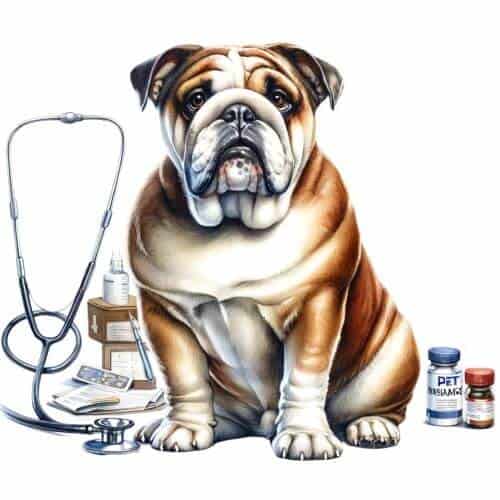
Types of Pet Insurance Coverage For Bulldogs
There are two main types of pet insurance plans.
What Does Pet Insurance Not Cover?
When choosing pet insurance for your Bulldog, reviewing and understanding your policy’s exclusions is important.
Exclusions vary based on the pet insurance company and the policy you choose. Be sure to review the list of exclusions before purchasing pet insurance to confirm that your Bulldog is adequately covered by the plan you select and help prevent surprises in the future.
Pet Insurance For Bulldog Puppies
Should you get pet insurance for your Bulldog puppy? Here are the top reasons you should consider Bulldog puppy insurance.
Average Cost of Bulldog Vet Bills
This is what you will pay out-of-pocket on average if you don’t have pet insurance or a wellness plan.
Average Cost of Typical Vet Procedures
| Typical Vet Procedure | Average Cost of Procedure |
|---|---|
| Puppy vaccinations | $75 - $100 |
| Flea & tick prevention | $40 - $200 |
| Heartworm prevention | $24 - $120 |
| Spay or neuter surgery | $200 - $800 |
| Annual exam | $240 - $600 |
| Teeth cleaning | $200 - $500 |
| Microchip | $40 |
Average Cost of Emergency Vet Procedures
| Typical Vet Procedure | Average Cost Of Procedure |
|---|---|
| General consultation/exam | $100 - $150 |
| General bloodwork | $80 - $200 |
| X-rays | $150 - $250 |
| Ultrasound | $300 - $600 |
| 1-2 day hospitalization | $600 - $1,700 |
| 3-5 days holspitalization | $1,500 - $3,500 |
| Wound treatment & repair | $800 - $1,500 |
| Emergency surgery | $800 - $2,500 |
| Oxygen therapy | 500 |
Sources: 5 & 6
Factors That Impact the Cost of Your Bulldog Pet Insurance Policy
Deductibles, co-pays & coverage limits
The lower the amount you pay out of pocket for your pet’s care, the higher your insurance premium will be. For instance, selecting a deductible of $300 instead of $800 means you’ll get reimbursed quicker for your pet’s care, but it also leads to higher premium payments.
Breed
Certain breeds are prone to congenital health issues. For example, breeds such as Bulldogs often struggle with Cancer and bloat. These breed tendencies could influence your pet insurance expenses.
Location
Local veterinary care expenses are taken into account by pet insurance companies when setting the price of your policy.
Pet’s Age
Older pets generally face more health problems, which results in higher insurance premiums because there is a higher risk for the insurance company.
Understand Insurance Policy Basics
How Does Bulldog Pet Insurance Work?
Imagine your Bulldog’s pet insurance policy has the following terms:
Now, let’s say your Bulldog incurs a veterinary bill of $1,500 for medical treatment.
This example assumes you haven’t yet met your deductible for the year. If you’ve already met your annual deductible, you won’t have to pay again for this or any new claims within the same policy year. And, since every claim you make contributes to your annual payout limit after the insurance company pays $1,000 for this claim, the remaining yearly payout limit is $20,000 – $1,000 = $19,000.
Frequently Asked Question
Bulldog Pet Insurance — Conclusion
Ultimately, your Bulldog’s health is in your hands. To ensure your dog’s safety while protecting your wallet, investing in pet insurance is something we recommend to every dog parent. For a relatively low monthly premium, you’ll enjoy the peace of mind that comes with knowing your Bulldog can receive the veterinary care he deserves. In an emergency, you’ll be happy to have a policy in place. Investing in pet insurance is one way to manage some of your Bulldog’s potential health issues—without breaking the bank when one or multiple of these issues occur in your pet.
Our final advice is that if you decide to get pet insurance, read the policy carefully and ensure you understand the terms and conditions before purchasing. Everyone’s circumstances differ, so choosing the best coverage for your Bulldog’s needs is essential.
Like It? Subscribe & Share!
Disclaimer: The details about insurance company offerings, including prices, availability, and contract specifics, can change at any time and are at the discretion of the insurance company. This website does not control these changes. The information provided here is for reference only. It is important to thoroughly read and understand your policy before signing up for a new insurance contract, as your situation may differ from the examples used in this article.
Sources
Canine Bible uses only high-quality sources, including peer-reviewed studies, to support the facts within our articles. Read our editorial process and product review methodology to learn more about how we fact-check, test products, and keep our content accurate, reliable, and trustworthy.
- Breiner, B. (2023). Average Cost of Pet Insurance: 2023 Quotes. ValuePenguin.
- Gillespie, L. (2023, February 23). Bankrate’s Annual Emergency Fund Report. Bankrate.
- Healthy Paws Pet Insurance. (2019). 2019 Cost of Pet Health Care Report.
- O’Neill, D. G., Skipper, A. M., Kadhim, J., Church, D. B., Brodbelt, D. C., & Packer, R. M. A. (2019). Disorders of Bulldogs under primary veterinary care in the UK in 2013. PLOS ONE, 14(6), e0217928.
- The Canine Health Information Center. (n.d.). OFA.
- Pedersen, N. C., Pooch, A. S., & Liu, H. (2016). A genetic assessment of the English bulldog. Canine Genetics and Epidemiology, 3(1).
- Liu, N.-C., Troconis, E. L., Kalmar, L., Price, D. J., Wright, H. E., Adams, V. J., Sargan, D. R., & Ladlow, J. F. (2017). Conformational risk factors of brachycephalic obstructive airway syndrome (BOAS) in pugs, French bulldogs, and bulldogs. PLOS ONE, 12(8), e0181928.
- Average Cost Of Emergency Vet Visits | Find Out What You Will Pay. (2020, March 19). Emergency Vets USA.
- Cost of Owning a Dog: From Initial Cost to Annual Essentials. (n.d.). The Dog People.
Canine Bible authorship represents the unified voice of our entire editorial team and our in-house veterinarians rather than a single author. Each article, blog post, and review published under the Canine Bible name undergoes a rigorous review process, involving all team members to guarantee accuracy and up-to-date in accordance with the latest veterinarian research. This collaborative effort is an integral part of our editorial process and aligns with our four pillars of content creation. This approach ensures our content is backed by expert knowledge and factual information, offering our readers reliable, actionable, and trustworthy content.



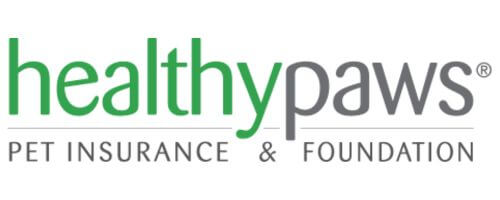

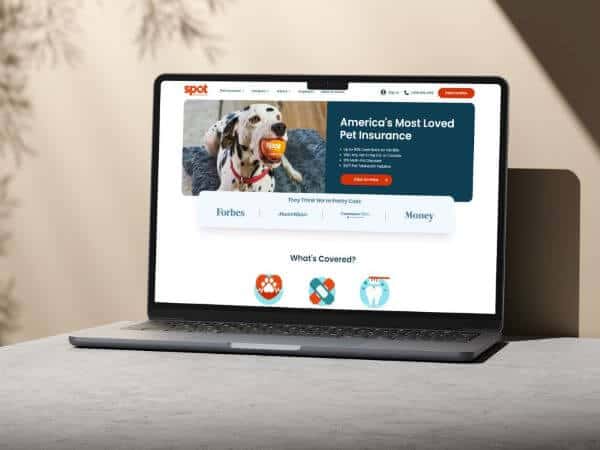


![10 Best Dog Food For Maltese: According To Vets [2023]](https://www.caninebible.com/wp-content/uploads/2023/05/best-dog-food-for-Maltese-768x512.png)
![CBG Oil For Dogs: What Is It, Dosage, Benefits, Best Brands [CBD vs CBG]](https://www.caninebible.com/wp-content/uploads/2021/11/cbg-oil-for-dogs-768x512.png)

